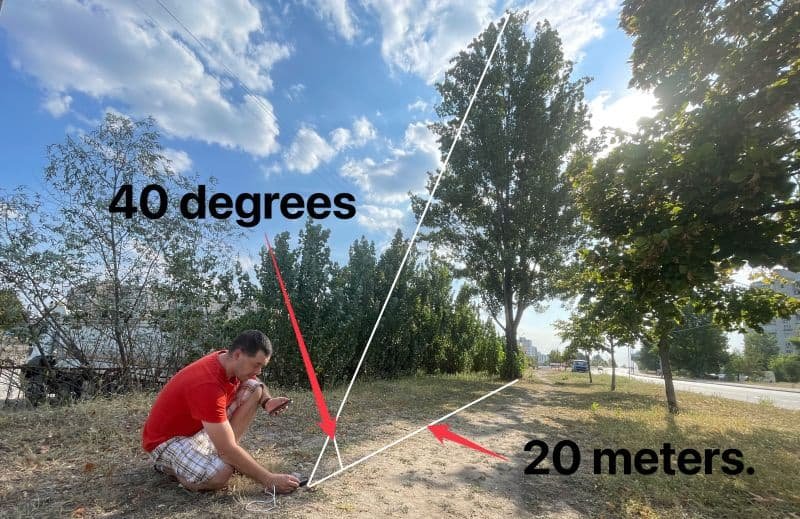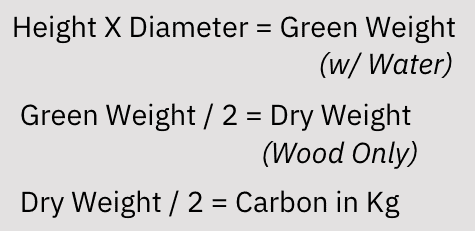Introduction
This year databot has been fortunate to learn more about the amazing work that is being done by the Concord Consortium, a Massachusetts based Non Profit that is focused on developing amazing tools that inspire students to explore and engage in STEM topics. The original founder, the late Bob Tinker, was a legendary trailblazer in the use of sensors in K12 classrooms. Earlier this year we published a research compilation, Why Sensors, that looks at the early work done by Dr. Tinker with sensors in the classroom, and a number of research studies that explored the learning impact of using sensors in the classroom.
In this blog we explore one of the tools developed by the Concord Consortium team called CODAP (Common Online Data Analysis Platform). CODAP is a completely free, open source, NSF-funded tool that provides educators and students a remarkable platform for exploring datasets. You can visit the CODAP website to explore the tool itself and the resources available for learning it and integrating it in to your classroom. In this blog you will see an example of combining databot and Vizeey with CODAP to facilitate an awesome environmental study. Read on!
Green Teams - Background
This project was inspired by Alison Ward, the Sustainability Director for the Boise School District. Alison directs “Green Teams” throughout the district to introduce students to sustainability issues and to make a difference through their actions.
Green teams in K12 schools are student-led groups focused on promoting environmental sustainability within their schools and communities. These teams work on projects like recycling programs, energy conservation, reducing waste, and promoting awareness of environmental issues. By engaging in hands-on activities, green teams encourage students to take an active role in protecting the planet, while also learning about ecology, environmental science, and how sustainable practices can positively impact their surroundings.
The Green Team project that inspired this blog and environmental exploration is a “tree inventory” project that is envisioned in the Boise District this year where students will work together to inventory the trees on school campuses throughout the district.


The Project - Tree Inventory & Carbon Sequestration Calculations with Vizeey!
Vizeey is a remarkable tool for being able to quickly gather information from sensors, both from databot as well as internal sensors on your smart device (GPS coordinates for this experiment). Vizeey can also perform calculations such as combining values to determine something like tree diameter based on circumference or the height of a tall tree using the Pythagorean theorem.

With all of this information gathered it is actually possible to calculate the amount of carbon stored in a tree. Vizeey can perform this calculation also!

Once this information is gathered and the calculation performed students can easily export this tree data in a CSV record. Combining the collective records from a full tree inventory can then be imported into CODAP for analysis.
Meet CODAP!
Below is an embed of a CODAP story – CODAP can be used to analyze data files and develop presentations or “stories” using live datasets. This CODAP example walks you through a basic tutorial of how to gather Tree Survey data using databot and Vizeey, then take it in to CODAP for analysis and presentation. Check it out below, or open CODAP in a separate browser window for a full view using this link.
Next Steps!
The next step is to dive in to CODAP and start creating your own stories. If you have a databot, you can do your own tree project or a variety of other studies using all the sensors on board. You can also explore CODAP with other datasets – create your own experiments or look for datasets to explore on the Internet. There is a site – Kaggle – that has a variety of datasets for exploration. Check it out along with CODAP and get started on your Data Science journey today!
